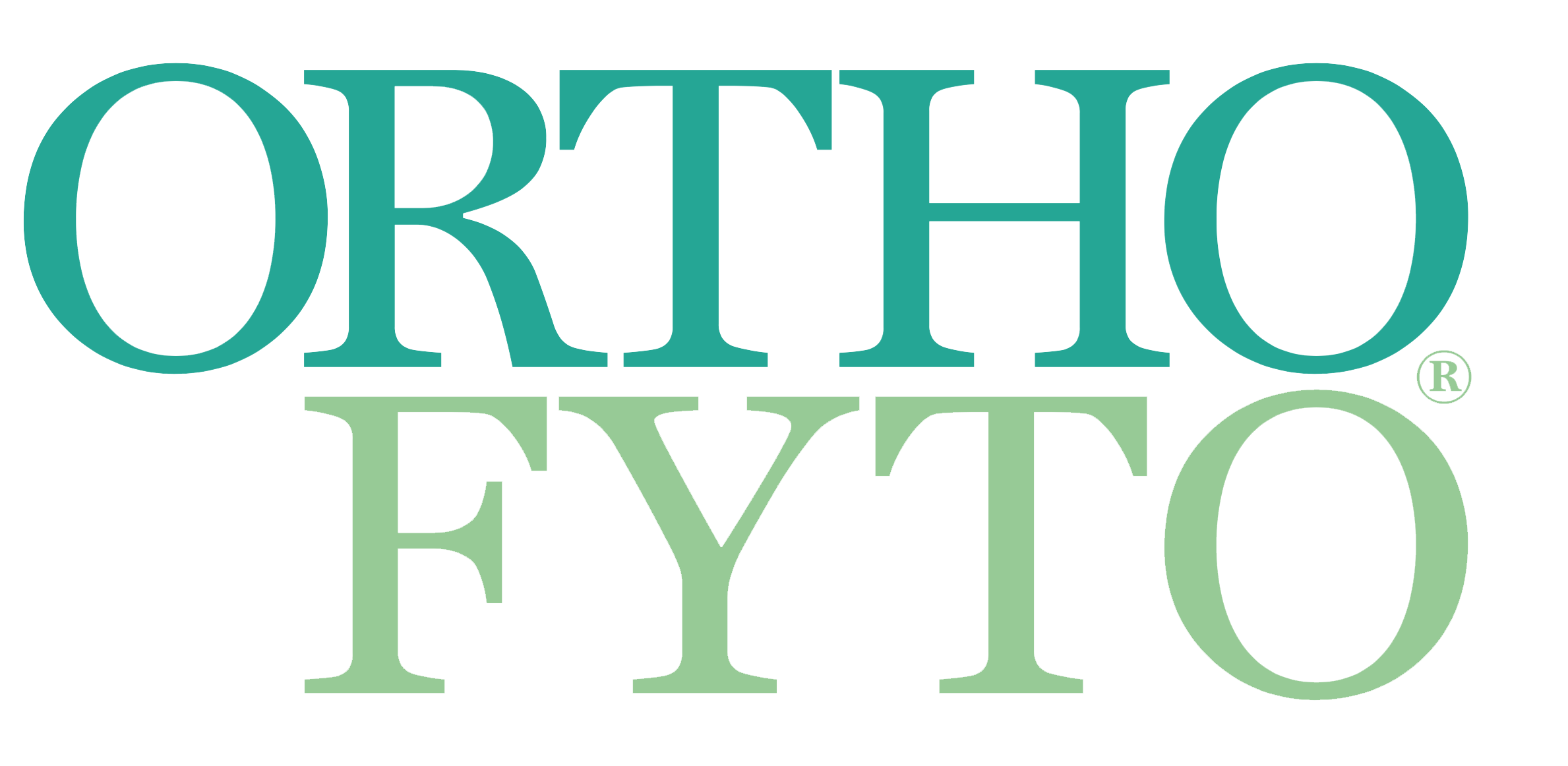Voeding bij Metabool Syndroom
30 Jan, 2017
Door: Tanja Visser
Voeding speelt een belangrijke rol bij het veroorzaken en behandelen van Metabool Syndroom (MetS). Voedingsadvies is daarom een essentieel onderdeel van de aanpak van MetS in elke (para)medische praktijk. Bij iedere MetS-cliënt spelen specifieke, persoonlijke aanleidingen en onderhoudende factoren een rol. Door de voeding hierop af te stemmen is de kans op een succesvolle behandeling groter. (Voedings)adviezen dienen allereerst vooral gericht te zijn op, indien mogelijk, het wegnemen van de oorzaak van MetS. Daarnaast zijn er algemene maatregelen die een corrigerende invloed hebben op de metabole ontregeling zelf. Hieronder volgt een opsomming van maatregelen die gebaseerd zijn op de vijf behandelprincipes, de 5 I’s. Lees het gehele artikel vanaf pagina 24 in OrthoFyto 1/17. Wilt u het hele artikel als PDF ontvangen? Bestel het dan hier voor € 3,50 Bronvermelding 1. Arora, T. et al. Sleep optimization and diabetes controle: a review of the literature, Diabetes Ther. 2015 Dec; 6(4): 425-468. 2. Saleron, J. et al. Dietary fiber, glycemic load and risk of NIDMM in women. JAMA 1997; 277:472-477. 3. Salmeron, J. et al. Dietary fiber, glycemic load and risk of NIDMM in men.Diabetes Care 1997;20:545-550. 4. Chacko, S.A. et al. Magnesium supplementation, metabolic andinflammatory markers, and global genomic and proteomic profiling:a randomized, double-blind, controlled, crossover trial in overweightindividuals. Am J Clin Nutr, 2010 Dec 15; [Epub ahead of print]. PMID:21159786 5. Kim, C.W. et al. Effects of short-term chromium supplementation on insulin sensitivity and body composition in overweight children: randomized, double-blind, placebo-controlled study. J Nutr Biochem. 2011 Jan 7. 6. Popli, U. et al. Research Letter-The Role of Yoga as a Lifestyle Modification in Treatment of Diabetes Mellitus: Results of a Pilot Study. Altern Ther Health Med. 2014 Nov;20(6):24-26. 7. Brun, J.F. et al. Effects of oral zinc gluconate on glucoseeffectiveness and insulin sensivity in humans, Bio trace Elem Res 1995;47 (1-3):385-395. 8. Paolisso et al. Improved insulin response and action by chronic magnesium administration in aged NIDDM subjects, Diabetes Care, 1989 (12). 9. Duclos, M. Prévention et traitement du syndrome métabolique: rôle de l’activité physique. Science & Sports, Volume 22, Issues 3-4, 06-08,07:129-134. 10. Lomardo, Y.B. et al. Metabolic syndrome: effects of n-3 PUFAs on a model of dyslipidemia, insulin resistance and adiposity. Lipids, May 1, 2007; 42(5):427-37. 11. Sarkkinen, E. et al. The effects of mono-satureted and polyunsaturated-fat enriched diet on lipid and glucose metabolism in subjects with IGT. Eur. J. Clin. Nutr. 1996; 50: 592-598. 12. Khan, A. et al. Cinnamon improves glucose and lipids of people with type 2 diabetes. Diabetes Care 2003;26 (23): 3215-3218. 13. Boucher, B.J. et al. Glucose intolerance and impairment of insulin secretion in relation to vitamin D deficiency in east London Asians. Diabetologica 1995; 38 (10): 1239-1245. 14. Ahima, R.S. et al. Adipose tissue as an endocrine organ. Trends Endocrinol Metab 2000;11:327-332. 15. John, S. et al. C-reactive protein in healthy subjects: Associations with obesity, insulin resistence and endothelial dysfunction: A potential role for cytokines ariginating from adipose tissue? Atherioscler. Thromb.Vasc. Biol. April 1999; 19:972-978.